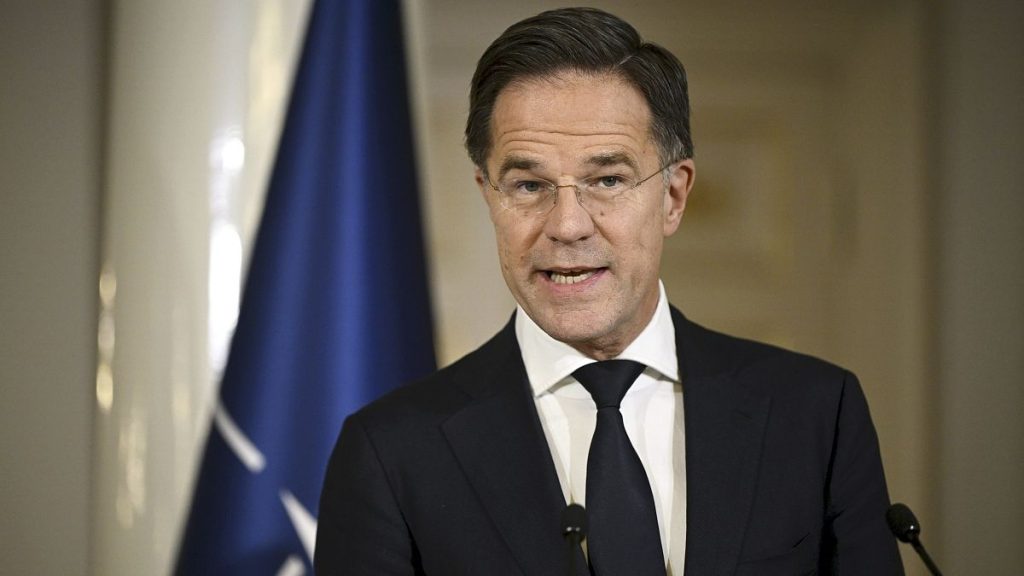The North Atlantic Treaty Organization (NATO) is escalating its military and technological presence in the Baltic Sea to counter a rising tide of suspected Russian sabotage targeting critical undersea infrastructure. This heightened security posture follows a series of incidents involving damaged undersea cables responsible for carrying vast amounts of internet traffic and energy resources. NATO Secretary General Mark Rutte, during a summit in Helsinki, underscored the gravity of the situation, citing a concerted campaign involving cyberattacks, assassination attempts, and sabotage, with Russia implicitly identified as the primary suspect. The alliance’s response includes deploying maritime drones for enhanced surveillance and initiating “Baltic Sentry,” an operation utilizing frigates and maritime patrol aircraft to safeguard crucial infrastructure.
The vulnerability of undersea cables, which carry 95% of internet traffic and vital energy resources, has been starkly exposed in recent months. Damage to cables linking Lithuania and Sweden, Germany and Finland, and Estonia and Finland has raised alarms within NATO. While investigations are ongoing, the pattern of incidents suggests a deliberate campaign to destabilize the region. Rutte emphasized the critical importance of protecting this infrastructure, highlighting its vulnerability and the potential for widespread disruption. The alliance aims to deter further attacks by demonstrating a clear commitment to robust defense and swift response capabilities.
NATO’s enhanced presence in the Baltic Sea isn’t limited to surveillance. Leaders from Baltic nations are advocating for stronger enforcement measures, particularly against the so-called “shadow fleet” of Russian tankers employed to circumvent Western sanctions on oil sales. These tankers, often operating with obscured identities and engaging in clandestine ship-to-ship transfers, pose a significant challenge to sanctions enforcement. Finnish President Alexander Stubb emphasized the need to fully utilize international law to address suspicious vessels, while Rutte stressed the potential consequences for ship captains involved in activities that threaten crucial infrastructure, including boarding, impounding, and arrest.
The recent seizure of a Russian oil tanker by Finnish authorities underscores the seriousness of this issue. The tanker was suspected of damaging the Estlink-2 power cable, which connects Finland and Estonia, by dragging its anchor across the seabed. This incident highlighted the vulnerability of undersea infrastructure to accidental or deliberate damage and reinforced the need for greater vigilance and proactive measures. The call for stronger enforcement and the willingness to take decisive action against suspicious vessels demonstrate NATO’s commitment to protecting its critical infrastructure and holding perpetrators accountable.
Despite the challenges posed by the sheer volume of maritime traffic in the Baltic Sea, where approximately 2,000 ships transit daily, NATO allies are determined to enhance their monitoring capabilities. Latvian President Edgars Rinkēvičs acknowledged the difficulty of achieving absolute protection but expressed confidence that a strong deterrent signal would discourage further incidents. This proactive approach, coupled with increased surveillance and enforcement, aims to create a more secure environment and mitigate the risk of future sabotage.
Germany’s commitment to the Baltic Sentry mission further strengthens NATO’s collective response. Chancellor Olaf Scholz confirmed Germany’s participation, pledging to contribute naval capabilities, including ships and planes, to the operation. This multinational effort underscores the alliance’s resolve to safeguard critical infrastructure and deter further acts of sabotage in the Baltic Sea region. The combined efforts of NATO allies, including enhanced surveillance, robust enforcement, and a clear commitment to decisive action, aim to protect vulnerable undersea infrastructure and maintain stability in the region.














